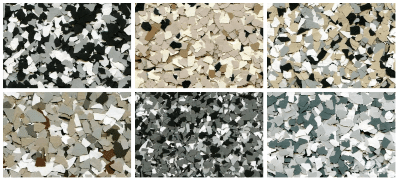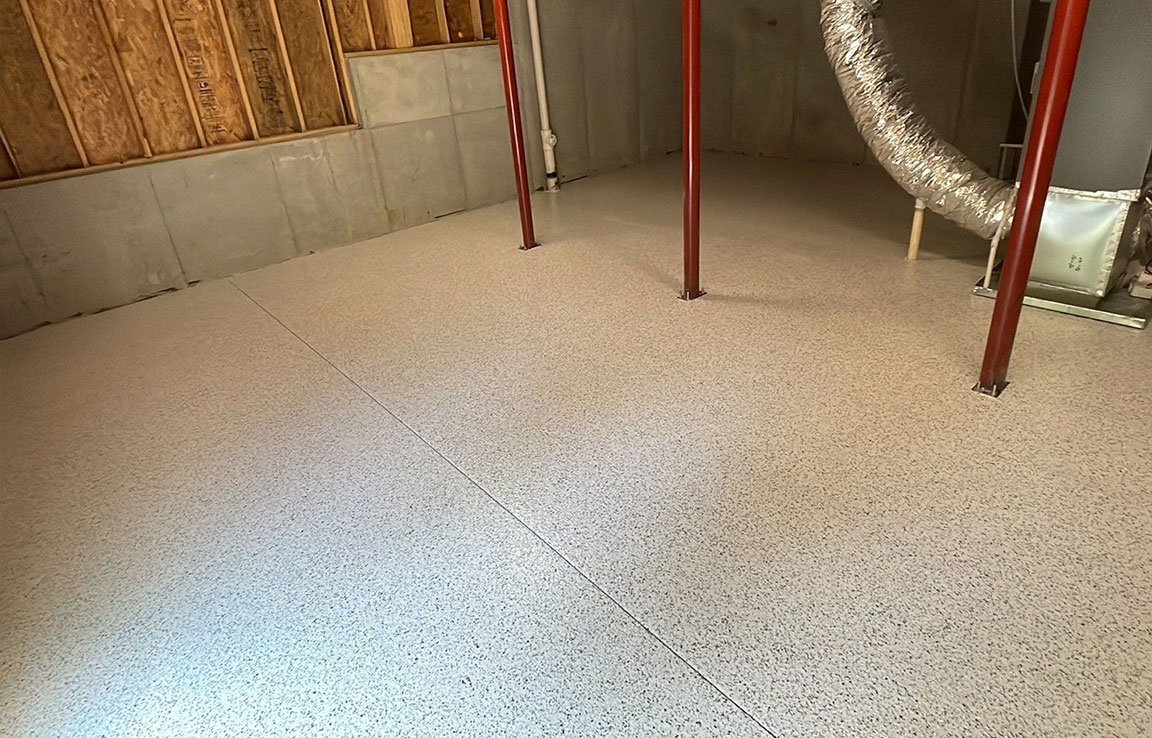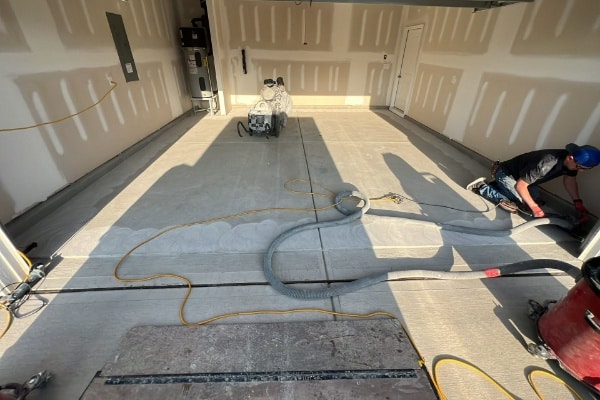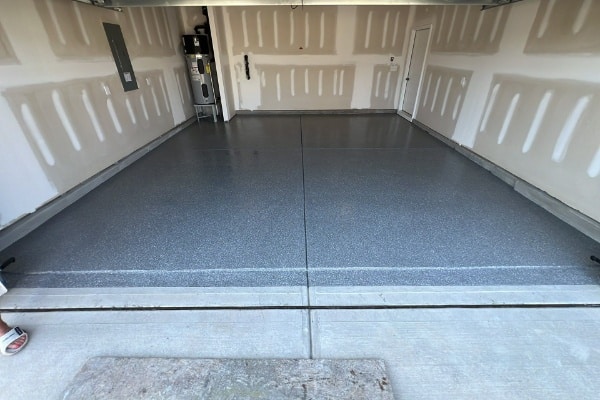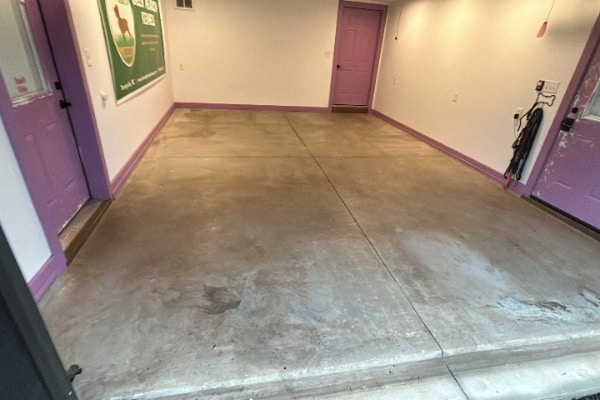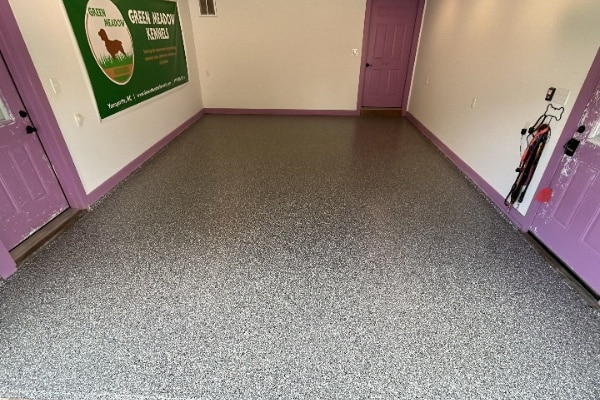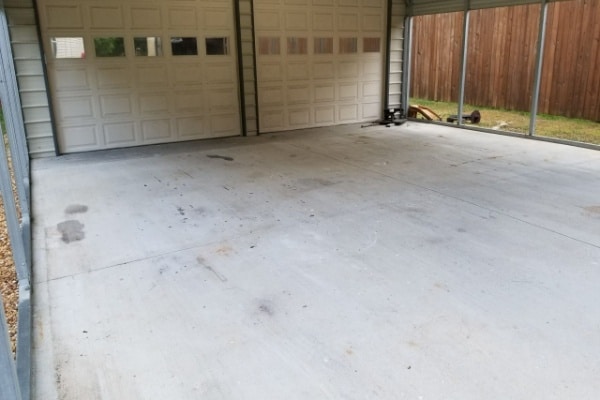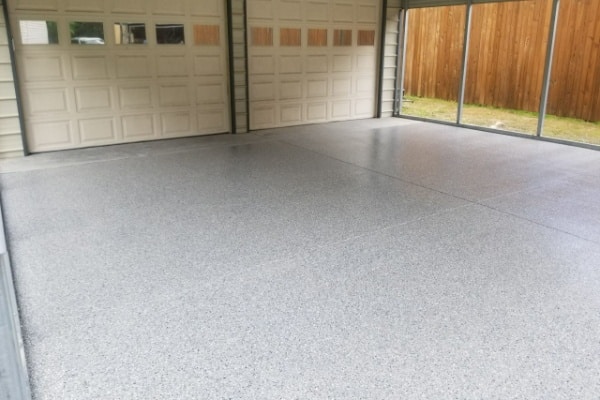When it comes to basement flooring, many homeowners think of carpet as an option. However, carpet flooring in the basement is a big mistake. Not only is it difficult to maintain, but it is also prone to mold and mildew due to the moist environment of a basement. In addition, carpet flooring can harbor germs and bacteria, making it an unhygienic option for a basement.
The problems with carpet in basements
When it comes to basement flooring, carpet may seem like a convenient option, but it is far from ideal. One of the major problems with carpet in basements is its vulnerability to humidity. Basements are naturally damp environments, and this moisture can seep into the carpet fibers, leading to the growth of mold and mildew. These unsightly and potentially harmful substances not only ruin the appearance of the carpet but also create an unhealthy living space.
Another problem with carpet in basements is its susceptibility to damage from flooding. Whether it’s a minor leak or a major water incident, carpet absorbs water like a sponge, making it almost impossible to salvage. Not only will the carpet be ruined, but the underlying padding and subfloor can also be damaged, leading to costly repairs.
In addition to these moisture-related issues, carpet can also accumulate germs and bacteria over time. With its thick fibers and porous nature, carpet becomes a breeding ground for allergens and contaminants. Regular vacuuming and cleaning can only do so much to remove these microscopic invaders.
Overall, choosing carpet as your basement flooring option can lead to a host of problems. From mold and mildew growth to damage from flooding and a buildup of germs and bacteria, it’s clear that carpet is not the right choice for a basement. When considering basement flooring, it’s important to choose a suitable option that can withstand the unique challenges of this environment.
The impact of humidity on carpet
When it comes to carpet in basements, humidity is its arch-nemesis. The naturally damp environment of basements is a breeding ground for moisture, and unfortunately, carpet is highly absorbent. As humidity levels rise, the carpet fibers act like a sponge, soaking up the moisture like there’s no tomorrow. This excessive moisture not only makes the carpet feel damp and unpleasant, but it also creates the perfect conditions for mold and mildew to thrive.
The impact of humidity on carpet goes beyond just appearance and smell. Mold and mildew can pose serious health risks, triggering allergies and respiratory problems. The musty odor that often accompanies mold growth can permeate the entire basement, making it an unwelcoming space to spend time in. Furthermore, the damage caused by mold and mildew may require expensive professional remediation or even the complete replacement of the carpet and underlying materials.
In addition to the health and financial consequences, the presence of mold and mildew can also lead to a decrease in property value. Potential buyers are often wary of homes with a history of moisture issues, and carpet affected by mold and mildew can be a major red flag.
How flooding can damage carpet
Flooding is a nightmare scenario for any homeowner, and when it happens in the basement, the damage can be extensive. Unfortunately, carpet flooring is particularly susceptible to the detrimental effects of flooding. When water seeps into the basement, carpet acts like a sponge, absorbing the moisture and becoming saturated. This not only ruins the carpet itself, but it also leads to damage to the underlying padding and subfloor.
In addition to the physical damage caused by flooding, there are other consequences to consider. The presence of excess water in the carpet creates the perfect breeding ground for mold and mildew. As the water lingers, mold spores can take hold and start to grow, leading to health issues for anyone exposed to the basement. Furthermore, the longer the carpet remains wet, the higher the chances of irreversible damage and the need for costly replacements.
When it comes to basement flooring, it’s crucial to choose an option that can withstand potential flooding. Opting for materials such as vinyl or ceramic tiles, or even engineered wood, can help mitigate the damage and prevent the growth of mold and mildew. By avoiding carpet in your basement, you can save yourself the headache and expense of dealing with the aftermath of flooding.
Mold and mildew growth on carpet
When it comes to carpet in basements, mold and mildew growth is a major concern. Basements are naturally damp environments, and when carpet is exposed to moisture, it becomes a breeding ground for these unsightly and potentially harmful substances.
Mold and mildew can wreak havoc on your carpet, ruining its appearance and creating an unhealthy living space. The dark and damp conditions of a basement provide the perfect environment for mold and mildew spores to thrive. As these spores settle into the carpet fibers, they begin to multiply, leading to the formation of mold and mildew patches. These patches can be difficult to remove and often require professional remediation.
Not only are mold and mildew unsightly, but they also pose health risks. Breathing in mold spores can trigger allergies and respiratory problems, particularly for individuals with asthma or compromised immune systems. The musty odor associated with mold growth can also permeate the entire basement, making it an unpleasant place to spend time in.
To avoid the headache of dealing with mold and mildew growth on your carpet, it’s best to choose a basement flooring option that is resistant to moisture and can easily be cleaned and dried.
Germs and bacteria accumulation on carpet
When it comes to carpet flooring in basements, the problems don’t end with mold and mildew. Another major issue is the accumulation of germs and bacteria. Basements are often damp and prone to moisture, creating the perfect environment for these unwanted invaders to thrive. With its thick fibers and porous nature, carpet becomes a haven for allergens, dirt, and bacteria.
Think about it – how many times have you walked into a basement with carpet and noticed a musty odor or felt that it just didn’t feel clean? That’s because over time, germs and bacteria can accumulate in the carpet, even with regular vacuuming and cleaning. These microorganisms can include harmful pathogens that can cause illness or worsen existing allergies and respiratory conditions.
Furthermore, carpet can trap pet dander, pollen, dust mites, and other allergens that can negatively impact indoor air quality. This is especially concerning for individuals with asthma or other respiratory issues.
To create a healthier living space in your basement, it’s important to choose a flooring option that is less susceptible to germs and bacteria. Materials such as vinyl, ceramic tiles, or even engineered wood are easier to clean and don’t provide the same hiding places for these unwanted guests. By avoiding carpet in your basement, you can maintain a cleaner and healthier environment for you and your family.
The importance of choosing a suitable flooring option for basements
Choosing the right flooring option for your basement is crucial to creating a functional and healthy living space. As we’ve discussed, carpet is far from ideal for basements due to its vulnerability to moisture, mold, mildew, and germs. So, what should you look for when considering basement flooring?
First and foremost, it’s important to choose a flooring option that is resistant to moisture. Vinyl, ceramic tiles, or engineered wood are great choices as they can withstand the naturally damp environment of a basement. These materials are less likely to absorb moisture and are easy to clean and dry.
Additionally, consider the durability and longevity of the flooring option. Basements are high traffic areas, so it’s important to choose a flooring material that can withstand heavy use and won’t require frequent replacements or repairs.
Another important factor to consider is the overall aesthetics of the flooring. You want your basement to be a welcoming and attractive space, so choose a flooring option that complements the overall design and style of your basement.
Lastly, think about the maintenance requirements of the flooring. Carpet requires regular vacuuming and cleaning, but other options like vinyl or tiles are much easier to clean and maintain.
By choosing a suitable flooring option for your basement, you can create a space that is not only beautiful and functional but also healthy and safe for you and your family. So, say goodbye to carpet and explore the wide range of options available for your basement flooring needs.








